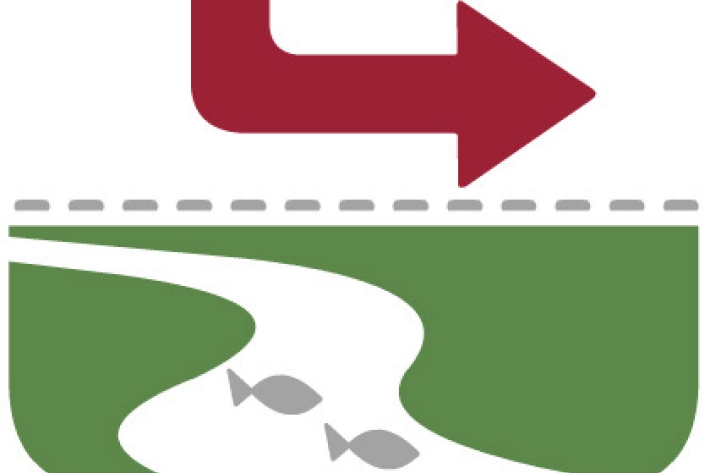Dry stock
Dry stock farming consists predominantly of pasture grazing beef cattle, sheep, and deer for meat, wool, and velvet production.
Dry stock farming consists predominantly of pasture grazing beef cattle, sheep, and deer for meat, wool, and velvet production.
Most farms run a mixture of sheep and beef stock, although a large number of farms run beef cattle only. Typically, deer are farmed in conjunction with sheep and beef, rather than stand alone deer farms. Similarly, with the downturn in sheep and wool prices, sheep flocks are usually combined with beef cattle operations.
Aotearoa’s beef cattle industry produces meat (live and processed) and associated meat products for local and overseas export markets. Venison and deer velvet are exported also, and have become an important and growing industry since the 1970’s.
Aotearoa is renowned for its large number of sheep; however, their numbers have declined over the last 20 years. In 2002 there were about 10 sheep for every person in Aotearoa – compared to 20 sheep per person in 1982 (NZ Statistics).
- Mitigation and best practice options
- What is Kaitiaki Tools?
- What is the proposed activity or industry?
-
What impacts interest you?
- Chemical contamination
- Mitigation and best practice options
- Dissolved oxygen
- Infectious substances
- Instream barriers and altered water flow
- Modified habitat
- Nutrient overloading
- Sediment
- Temperature changes
- Water clarity
- Loss of riparian vegetation
- Mahinga kai - what species interests you?
- About the resource consent process
-

Dry stock farming activities
Dry stock farms can cover large areas of hill-country grassland that may be steep and prone to erosion. -

Mitigation and best practice options
Steps to minimise the effects on water quality and mahinga kai.
